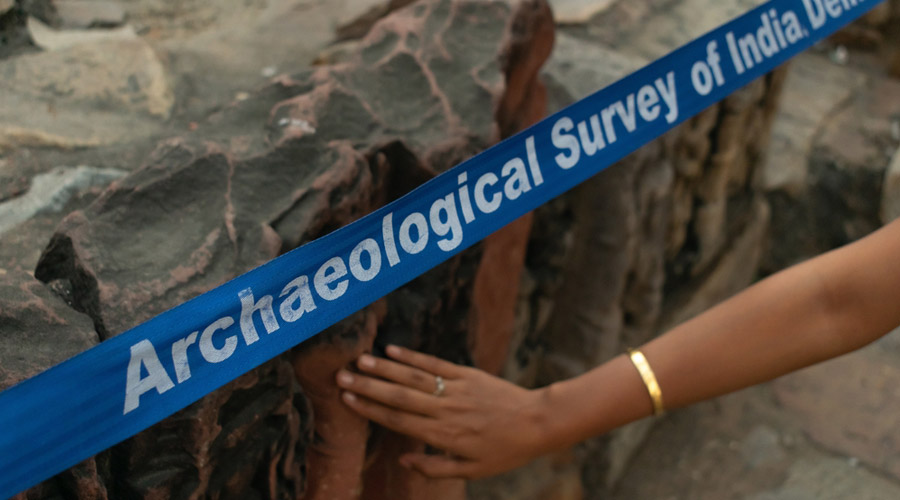The Archaeological Survey of India (ASI) has decided to propose the Barabar and Nagarjuni caves in Bihar's Jehanabad district for inclusion in the tentative list of the UNESCO World Heritage Sites, an official said on Wednesday.
These are considered to be the "oldest surviving rock-cut caves in India dating back to the Maurya period", an archaeologist said.
The Maurya period is believed to have lasted from 321 BC to 185 BC.
The Barabar Hills, located in the Makhdumpur region, embrace the cluster of four caves, together called Barabar caves. These are known as 'Lomas Rishi', 'Sudama', 'Vishwakarma' and 'Karan Chaupar' caves.
The Nagarjuni Hills comprising three caves are around two kilometres from Barabar.
"Both of the hill cave carvings are believed to be from the same time period. We (Patna zone of the ASI) are preparing a detailed proposal which will soon be sent to UNESCO for inclusion in its tentative list of the World Heritage Sites," Superintending Archaeologist (ASI, Patna circle) Goutami Bhattacharya told PTI.
The proposal will be submitted to the United Nations Educational, Scientific and Cultural Organization through ASI headquarters in New Delhi, she said.
"These caves are hewn from granitic monolithic stone with a high degree of symmetry and having highly polished inner surfaces (famous Mauryan polish), which reflects the unique and marvellous craftsmanship of Indian artisans, approx 2,200 years ago," she said.
'Lomas Rishi' is one of the oldest rock-cut caves in India, Bhattacharya said, adding that it has an "interesting, arch-shaped entrance portal, imitating a wooden structure of that time".
'Sudama' - another oldest cave in the complex - is located opposite the 'Karan Chaupar' and close to 'Lomas Rishi'.
"According to the inscription in ancient Brahmi script, the cave was dedicated by Ashoka in the 12th year of his reign (261 BC). Our experts recently visited these caves, and now, they are preparing a detailed proposal," Bhattacharya said.
On Nagarjuni caves, the archaeologist said that there are three caves excavated in the hills - the Vadathi-ka-Kubha, the Vapiya-ka-Kubha, and the Gopi-ka-Kubha.
"These caves have several important inscriptions and some of these testify that Dasaratha (reigned in 232 - 224 BC) had devoted these to Ajivika," she said.
Ajivika was an ascetic sect that emerged in India around the same time as Buddhism and Jainism, and that lasted until the 14th century.
"The inclusion of the Barabar and Nagarjuni caves in the tentative list of world heritage sites will ensure proper maintenance," she added.
PTI










